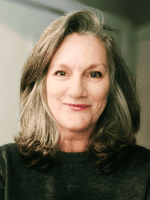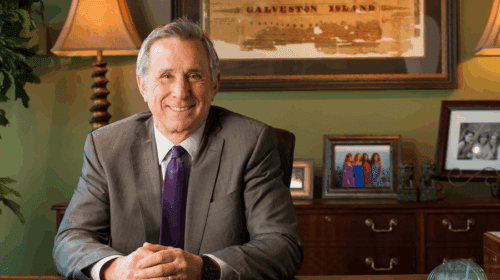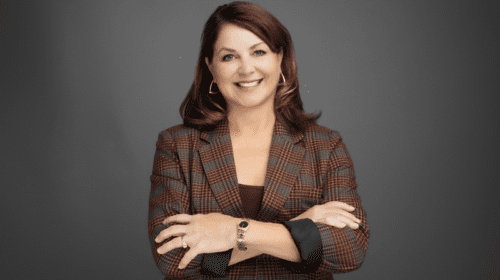At a time of heightened debate over the role of renewables and fossil fuels in the future energy mix, bp sees both as critical to achieving a net zero world. Alistair (Al) Vickers, chief executive officer of bp Wind Energy, has been deeply involved in both realms, having spent most of his more than 20-year career at bp on the oil and gas side of things before moving into renewables.
“I’ve changed between lots of businesses and geographical locations over the years and always found that there is more in common than people think,” says Vickers, who became bp Wind Energy’s CEO in 2019.
“I want to run the best renewables business I can, in order to make it the most efficient I can, to supply power to people, and make it as environmentally friendly as I can, just as I expect other industries to serve their customers in a responsible way.” Ultimately, Vickers says, “We try and promote the things we’re working on in common rather than accentuate the differences.”
Vickers sees two issues shaping the future energy landscape: Increasing demand and the need to decarbonize.
“The world needs energy – there are nearly a billion people still in energy poverty – and we’ve got a huge emissions challenge that’s well publicized, and I think now largely accepted and embraced, as something that we really need to take action on,” he says.
These are complex issues, and everyone seems to have an opinion on the solution, but Vickers says, “There isn’t one answer.” His background, going back some 20-plus years with bp, gives him some insight as to what can work, though.
Vickers believes society has four requirements when it comes to energy: clean, safe, reliable and affordable, which is why bp started transforming itself from an international oil company into an integrated energy company in 2020, laying out a new strategy that involves reducing hydrocarbon production by 40 percent by 2030, while drastically increasing its investments in new energies such as renewables, hydrogen and biofuels. bp plans to do all that and more on its way to becoming a net zero company by 2050 or sooner – and helping the world get there, too.
The company has invested in low-carbon energies for decades, but those investments have accelerated under the company’s new strategy. In 2021, bp spent about $2.2 billion on low carbon, with plans to increase that amount to $3-4 billion annually by 2025 and $5 billion per year by 2030.
bp is aiming for 50GW of renewable energy equivalent by 2030 through its solar, onshore wind and offshore wind businesses. At the end of 2021, it had 4.4GW developed to final investment decision and 23GW in the pipeline.
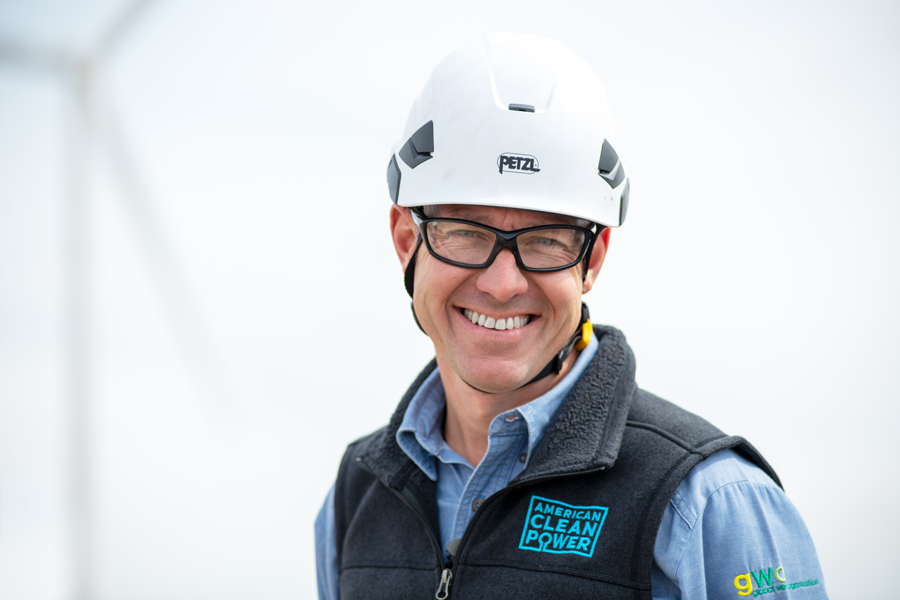
The onshore wind business that Vickers says he is “lucky enough to run today” got its start nearly 15 years ago with bp’s first wind asset coming into operation around 2011.
“Obviously, after Bernard Looney became the CEO and launched the new strategy in early 2020, our ambitions were significantly accelerated and scaled up, but bp has been involved in these businesses for a while now,” Vickers says. “We have some experience behind us, along with some hard won lessons and scars, but that sets us up well for the future.”
Despite its increased focus on low-carbon activities, bp is not abandoning oil and gas. The company sees those fuels playing a critical role in the energy mix for decades to come, with its hydrocarbon production providing cash flow for future investments in its so-called transition-growth engines – renewables, hydrogen, bio energy, electric vehicle charging and convenience stores.
Citing reports and studies by the International Energy Agency (IEA), energy consultancies and bp’s own annual Energy Outlook, Vickers points out the fact that, “The level of investment that’s required for this energy transition is massive.”
“If you take a five year average, and you believe in a net zero world, and you translate that into the dollars that need to be spent by energy companies, it’s a much bigger number on a per annum basis than the oil and gas industry’s been spending. What that tells me is, at a macro level, there’s plenty of work for us to do because investment dollars mean companies, they mean people, they mean jobs, they mean activity – and that’s a positive thing.”
Vickers, who has worked not only in the U.S. and the U.K., but such far-flung destinations as West Africa and Asia, says the pathway to the energy that people need with lower emissions is going to vary by region, depending on resources and economic conditions.
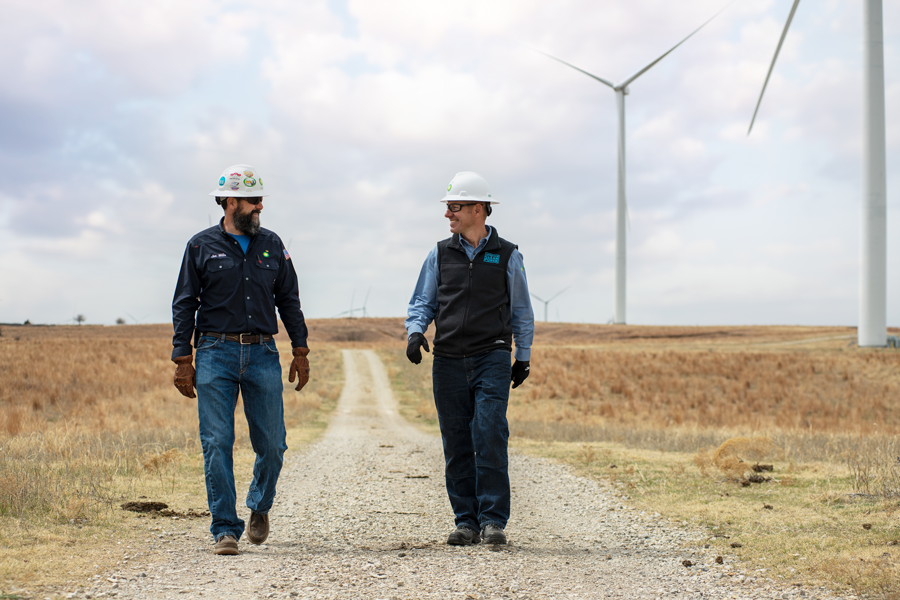
He says the question each region must answer is, “What is the blend of energy sources that allows us to move forward most quickly toward lower emissions?”
bp expects natural gas to play a key role in that equation for many regions, particularly if it is decarbonized through cleaner operations and carbon capture, utilization and storage, which can significantly reduce the carbon footprint of gas in the power industry.
According to Vickers, gas will remain relevant in part because renewables are intermittent and need something to complement them. “I think it’s more helpful to think about the right mix of solutions that gets us to where we need to go fastest than it is to think about ‘this versus that,’ which actually creates an unhelpful narrative. ‘What’s the best mix that gets us to the lowest emissions?’ is a much better problem statement for us to work on as an industry and a society.”
While natural gas is being called different things – a “bridge” energy or fuel – Vickers says, “In certain markets, it can be a key part of a pathway to a more rapid emissions reduction while still dealing with energy supply, security and reliability needs.”
Vickers says battery storage can also address the issue of intermittency. “In the past, that’s always been other sources of baseload power, whether it’s nuclear or gas or other things that are on the grid at utility scale over time. I think battery storage is clearly a very rapidly emerging technology that can complement renewables, whether it’s outside or at utility scale on the grid storage.”
He also sees hydrogen emerging in different ways, depending on the market, whether it is feedstock to decarbonize other industries, as a fuel source or as a means of storing energy from intermittent sources.
At the same time, demand for renewables is growing, and those energy sources are becoming increasingly reliable and affordable.
“It isn’t about one thing versus another; I think renewables have demonstrated that they can provide a substantial resource at a very reasonable cost to the consumer.”
As the world progresses in the energy transition, Vickers believes having multiple forms of renewables can only be advantageous. “Just as it’s not good to pit renewables against something else, solar and wind are very complementary; they’re friends in that regard and they create a bit more stability when you put them together with the backup in something like storage.”
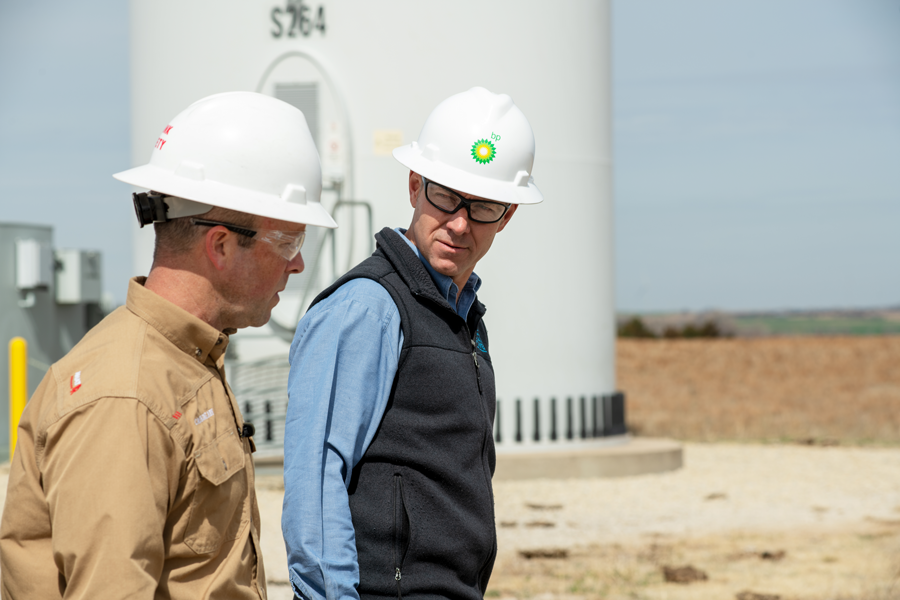
With the energy landscape quickly changing, employees at companies such as bp naturally wonder where they fit in the long-term.
“It’s a real issue and we’ve dealt with this in real time in bp,” Vickers acknowledges. “As you can imagine, when we came out with our strategy, we had a lot of employees asking a lot of those questions.”
With analysts anticipating continued high demand for those products, Vickers believes people will find careers in oil and gas for a number of years to come. At the same time, he points out there are opportunities for people who want to transition to the renewables sector.
“I’ve gone through a lot of changes in my career and I’ve always found there to be more in common than not and more transferable skills than people realize, especially if they’re willing to put a bit of investment and sweat equity into preparing themselves to transition,” he says.
Having experienced such a transition himself, Vickers knows from experience that the skills required for one job can translate nicely to another. Starting as a chemical engineer in bp’s petrochemicals business, he then moved to its upstream oil and gas business before landing in wind.
“I usually try and start with taking a really big step back and looking at what the world has to do,” Vickers says. “It needs smart people – engineers, scientists, operators, people who can develop businesses, people who can market products. My first principles view is there’s a lot of work to do.”
bp Wind expects its workforce to be comprised of 60/40 or possibly a 50/50 range of people who come from the renewables industry and people who are transitioning, something Vickers views as “healthy and complementary.” Renewables are a relatively young, fast growing industry that has attracted employees with highly technical skills. Veteran oil and gas industry workers have a different set of skills, coming from a more mature industry that often focuses on mega projects, and requires working in a very systematic way.
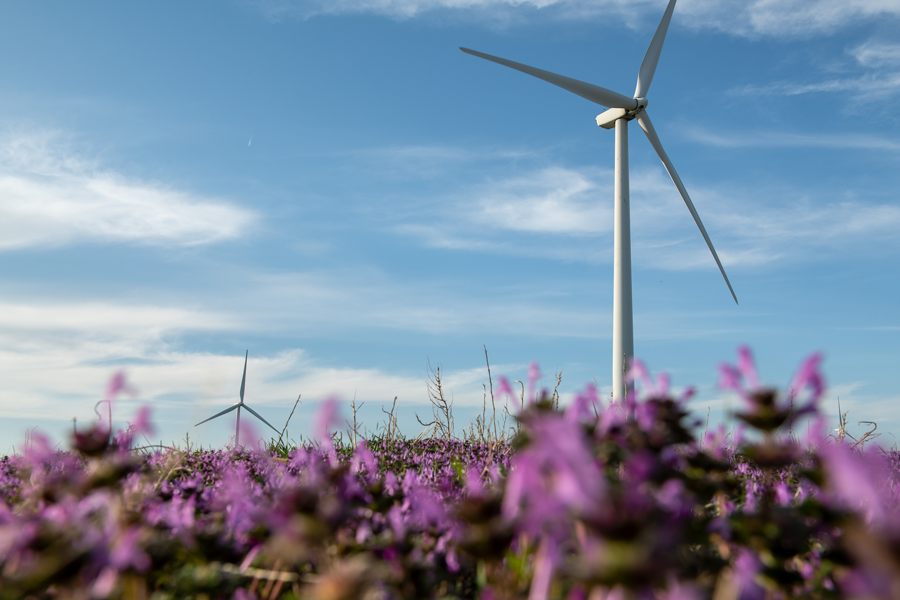
“The two complement each other,” Vickers says, focusing on the synergy between the industries, which he sees as just another dimension of diversity with the goal being a diverse team. “The short story,” as he is fond of saying, “is there are plenty of opportunities,” in all sectors of the energy industry, including the ones that exist now and the ones that are in development stages or in the process of scaling up.
“We take our responsibility in the world extraordinarily seriously and our responsibility in society very seriously, and our job is to supply the energy the world needs in the form and fashion that the world wants, which means in an environmentally responsible way.” To that end, bp is pursuing a wide variety of energy solutions, in addition to renewables, including hydrogen, bioenergy and EV charging, among others. The company will be active on new fronts to facilitate the energy transition, while at the same time continuing to be diligent about taking care of its legacy businesses even as they play a lesser role.
“We still need our hydrocarbon businesses to be very safe, very reliable, affordable for consumers, and we need to make them as environmentally friendly as we can. We’re putting as much effort into improving the performance and the environmental impact of those businesses as we are to growing our new ventures.”
Reassuring stakeholders and those on all sides of the energy debate, Vickers says, “We’ve listened closely to what society wants and we’re working very hard to meet those needs.”

Vickers and his wife, Starlee Sykes, senior vice president of bp’s Gulf of Mexico and Canada business, are one of the energy industry’s power couples, something The World Affairs Council of Greater Houston recognized when it bestowed the International Citizen of the Year award upon them in 2021, the first time it had ever been awarded to a couple and not an individual.
In addition to being the faces and voices of the energy industry, the couple is invested in the community. Sykes chairs Spindletop Community Impact Partners, which helps support at-risk youth in the community. Vickers sits on the board of the Asia Society of Texas, part of a global organization dedicated to navigating shared futures for Asia and the world. He also sits on the board of Greentown Labs, Houston’s new green tech incubator.
“Being a working couple isn’t always easy and, hopefully, it gives people some encouragement that you can find the balance and keep shifting the balance, where there’s space for both members of a couple or a domestic partnership to have fulfilling careers as well as take care of the family.”
Seeing their parents work in different sectors of the energy industry “is actually good for our kids because it gives them a sense of balance. It’s not one versus another. They see us talk about issues. They see us debate them. They get the chance to ask questions and I think realize that both renewables and fossil fuels are needed in the world.”
Rebecca Ponton is the editor in chief at U.S. Energy Media and author of Breaking the Gas Ceiling: Women in the Offshore Oil and Gas Industry. She is the publisher of Books & Recovery digital magazine.
Oil and gas operations are commonly found in remote locations far from company headquarters. Now, it's possible to monitor pump operations, collate and analyze seismic data, and track employees around the world from almost anywhere. Whether employees are in the office or in the field, the internet and related applications enable a greater multidirectional flow of information – and control – than ever before.



